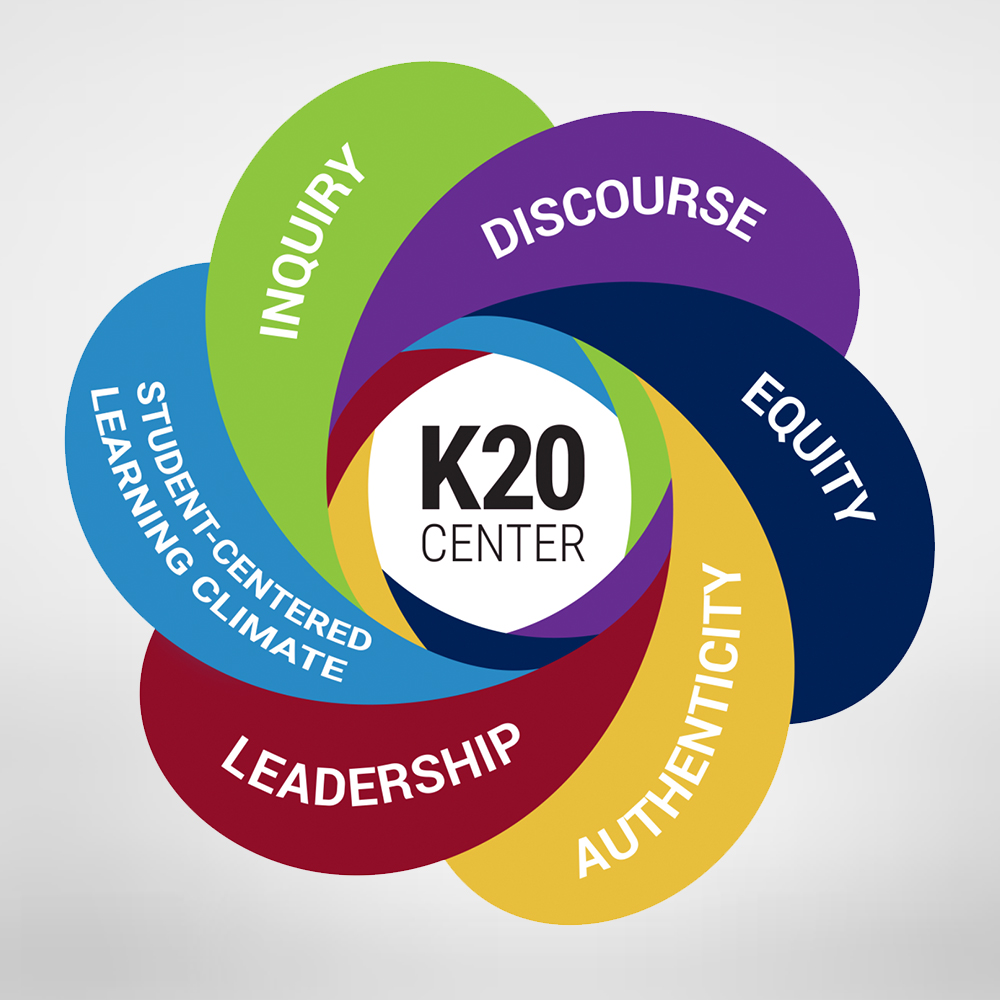Summary
This collection of professional learning resources empowers educators to use a variety of tools and strategies to foster authenticity in their teaching practices. The collection invites teachers to embrace authenticity and create a classroom environment that values genuine connections, constructive communication, and personal integrity. These resources offer practical tools, reflective exercises, and research-based methods to help educators align their teaching practices with their true selves, build trust with students, and create meaningful learning experiences.Resources

This professional learning activity asks participants to reflect on meaningful learning experiences through the question, "What makes learning meaningful?" Participants build up a definition of meaningful learning as they progress through the activities. Participants will experience a lesson that models... Read more »
- All Staff or Teachers, Teachers
- Any time of year, Planning/Collaboration/Conference Time, Pre-Service Training, Summer Session
- Large Group (at least 30), Medium Group (at least 10), Small Group (at least 4)

This professional development session focuses on the components of authentic learning. Participants will connect the components of authentic learning to a Rumpelstiltskin lesson. Read more »

This professional development session focuses on the components of authentic learning. The session is designed to have a minimum of eight participants. Participants will connect the components of authentic learning to a Rumpelstiltskin lesson and explore ways to make their own lessons more authentic... Read more »

In this session, participants explore the Authenticity Framework and foundations for how people learn. The Authenticity Framework is a conceptual framework that promotes a meaningful, student-centered learning environment and encourages higher-order thinking. Participants will also explore excerpts... Read more »
- All Staff or Teachers, New Teachers, PLC, Teachers
- Any time of year
- Large Group (at least 30), Medium Group (at least 10)
- Activate Prior Knowledge, Active Engagement, Brainstorming, Collaborate, Critical Thinking, Evaluate, Problem Solving, Reason, Reflection, Self-assessment, Student Choice, Text analysis, Text evidence
- 1c, 1d, 1h, 2g, 2j

In this session, participants will explore the construction of knowledge, one of the components of authenticity. Participants will discover the value of learning experiences that reflect real-world contexts and challenges by connecting students' prior experiences with new concepts to deepen understanding... Read more »
- All Staff or Teachers, New Teachers, PLC, Teachers
- Any time of year
- Large Group (at least 30), Medium Group (at least 10)
- Activate Prior Knowledge, Active Engagement, Collaborate, Compare & Contrast, Critical Thinking, Evaluate, Increase Teacher "Toolbox", Organize, Reflection, Self-assessment, Summarize, Text analysis
- 1d, 2c, 4d, 4h, 8j

During this professional learning session, participants will explore the principles of authenticity and real-world connections. They will apply academic knowledge to solve and illustrate authentic problems that students may encounter both inside and outside of the classroom. Additionally, they will... Read more »
- All Staff or Teachers, New Teachers, PLC, Teachers
- Any time of year
- Large Group (at least 30), Medium Group (at least 10)
- 2j, 2k, 2m, 4m, 5g

In this session, participants will explore inquiry-based learning, one of the components of authenticity. Participants will identify barriers to productive student discussion and explore solutions to overcome these barriers. Participants will read a research brief on inquiry-based learning and apply... Read more »
- All Staff or Teachers, New Teachers, PLC, Teachers
- Any time of year
- Large Group (at least 30), Medium Group (at least 10)
- Active Engagement, Collaborate, Compare & Contrast, Conversation Starter, Critical Thinking, Evaluate, Increase Teacher "Toolbox", Physical Movement, Reason, Reflection, Self-assessment, Speak & Listen, Student Choice, Text evidence
- 3k, 4c, 5d, 5e, 8i

In this session, participants will explore the authenticity component, student-centered learning. First, participants identify characteristics of student-centered learning environments. Next, participants consider common views regarding student engagement and how it affects learning. Participants will... Read more »
- All Staff or Teachers, New Teachers, PLC, Teachers
- Any time of year
- Large Group (at least 30), Medium Group (at least 10)
- Activate Prior Knowledge, Active Engagement, Brainstorming, Collaborate, Critical Thinking, Increase Teacher "Toolbox", Organize, Reflection, Self-assessment, Speak & Listen, Student Choice, Text analysis
- 1b, 2a, 3i, 7j

In this professional learning session, participants explore the structure of a 5E lesson. They evaluate a model lesson from LEARN, determining how each section addresses components of Authenticity. Participants then examine resources on the 5E Model and discuss their findings. Next, participants work... Read more »
- All Staff or Teachers, New Teachers, PLC, Teachers
- Any time of year
- Large Group (at least 30), Medium Group (at least 10)
- 3d, 3p, 4l, 6k, 8l
Standards
This work is licensed under a Creative Commons CC BY-SA 4.0 License.
Report copyright infringement »

